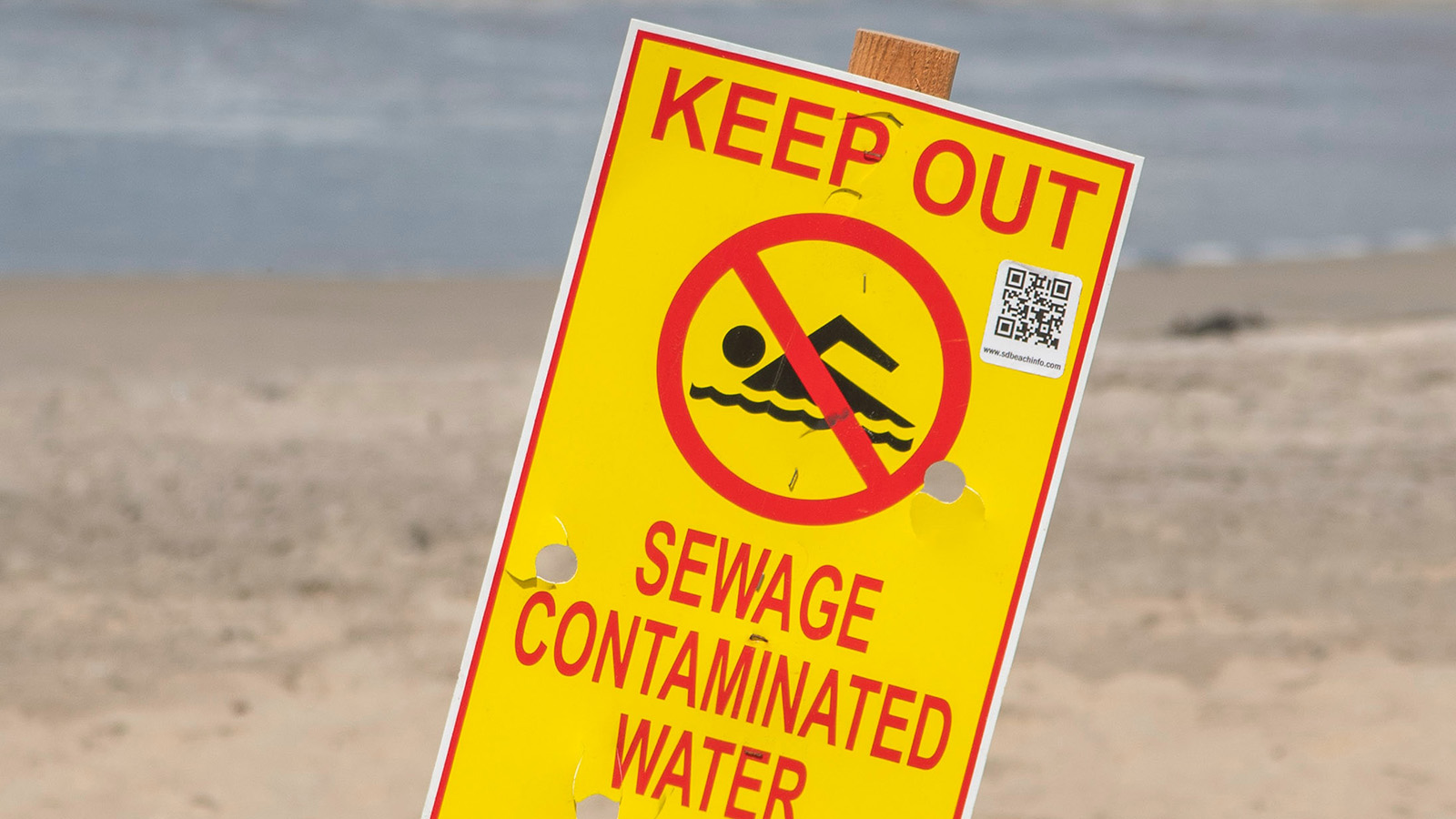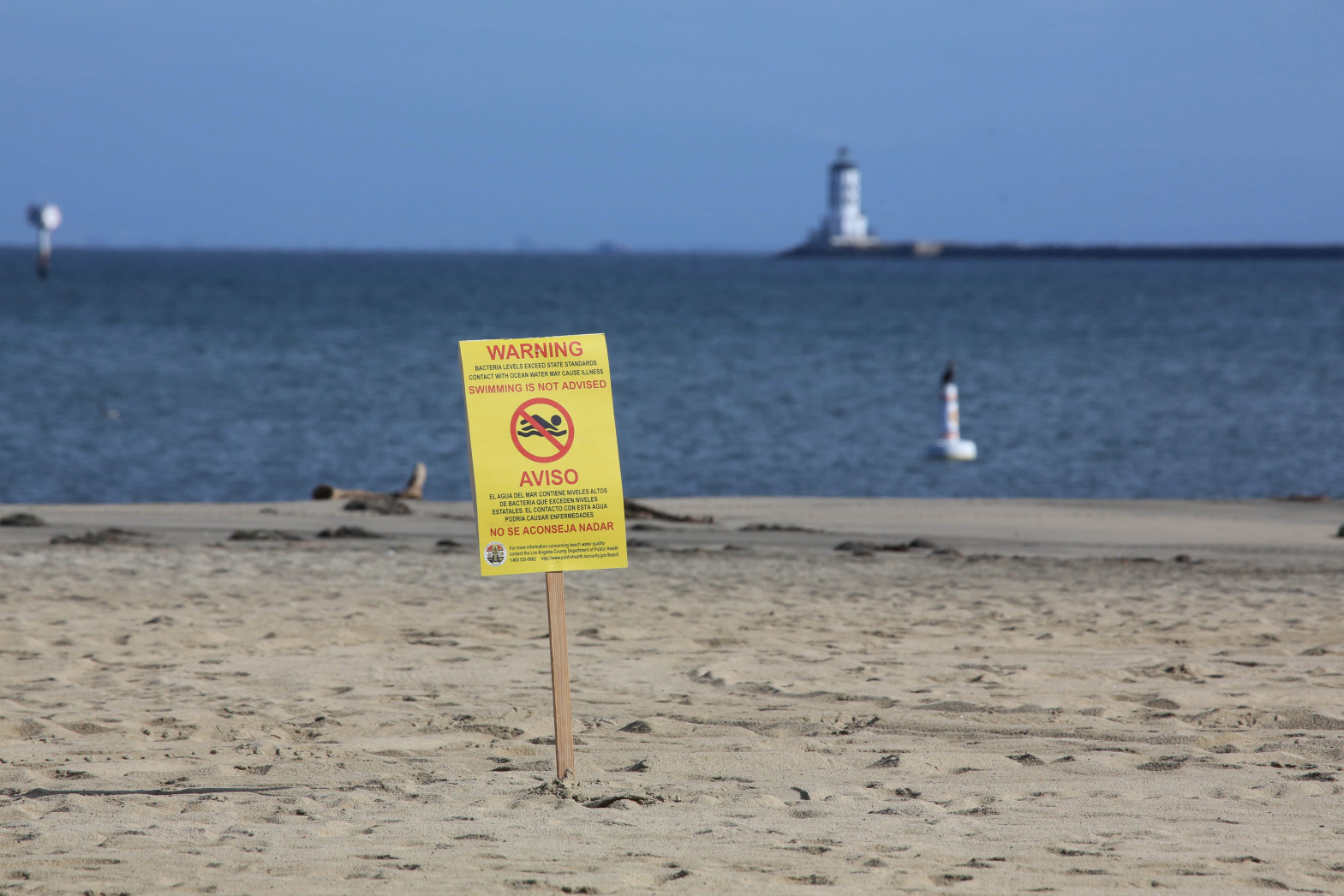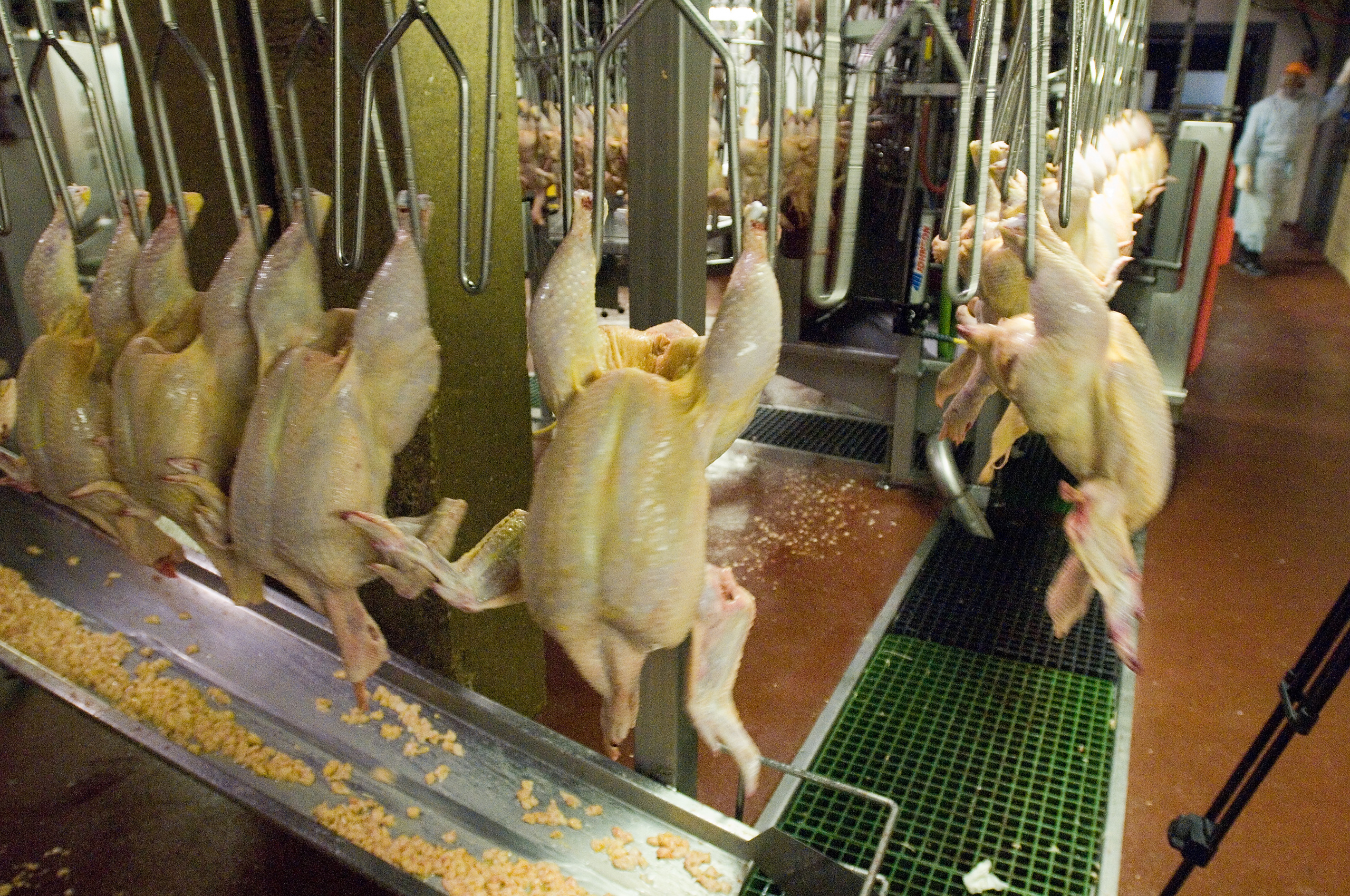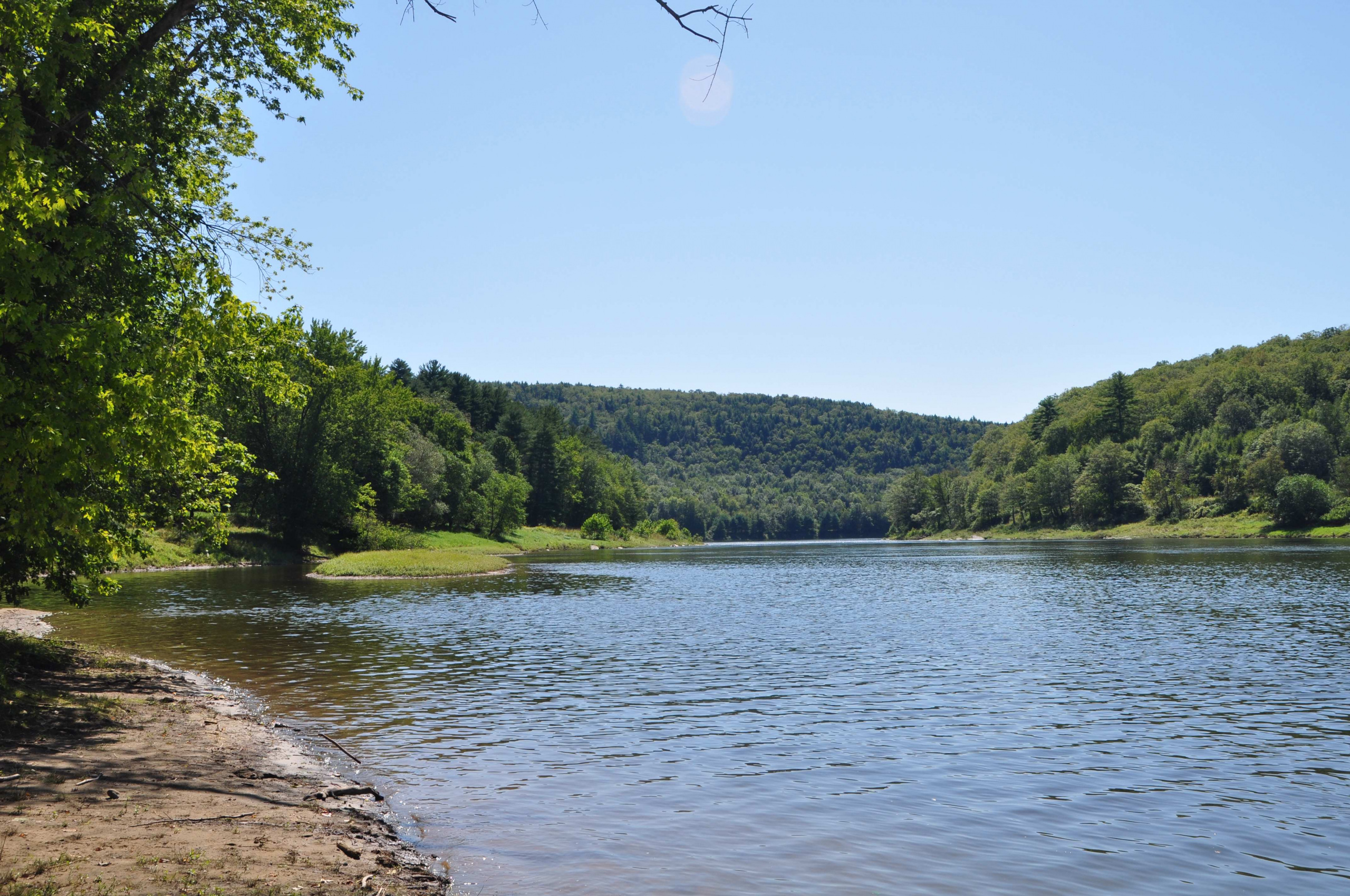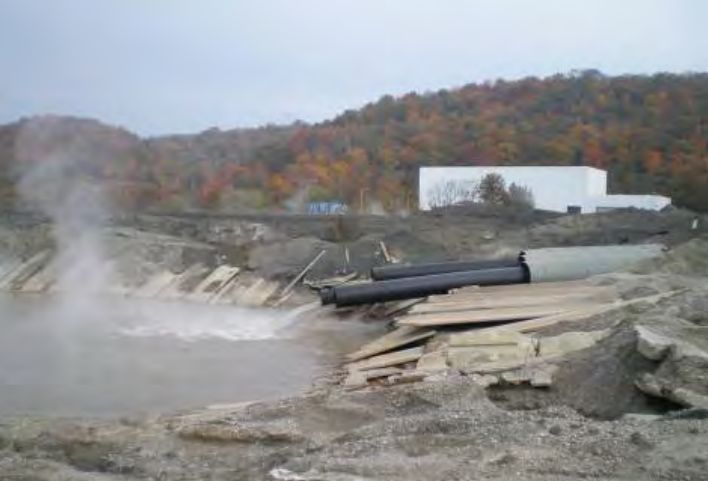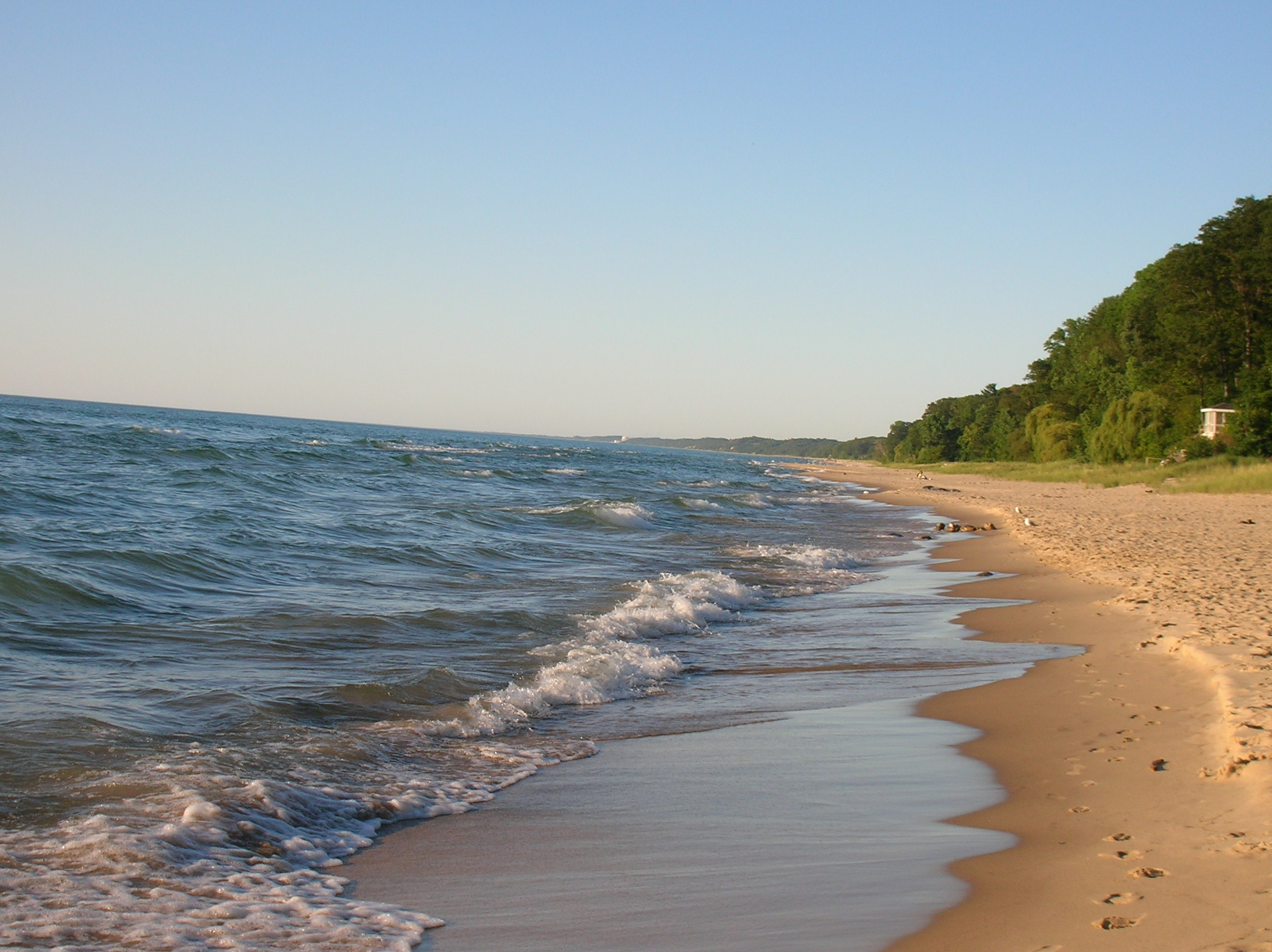
Good intentions, bad outcomes. Six ways impervious surfaces harm our cities and the environment
Every year, hundreds of thousands of acres of natural land are paved over with concrete, asphalt and other impervious materials. Too often, the full extent of the threat this poses for us and our environment is ignored. It's time to start taking it seriously.

